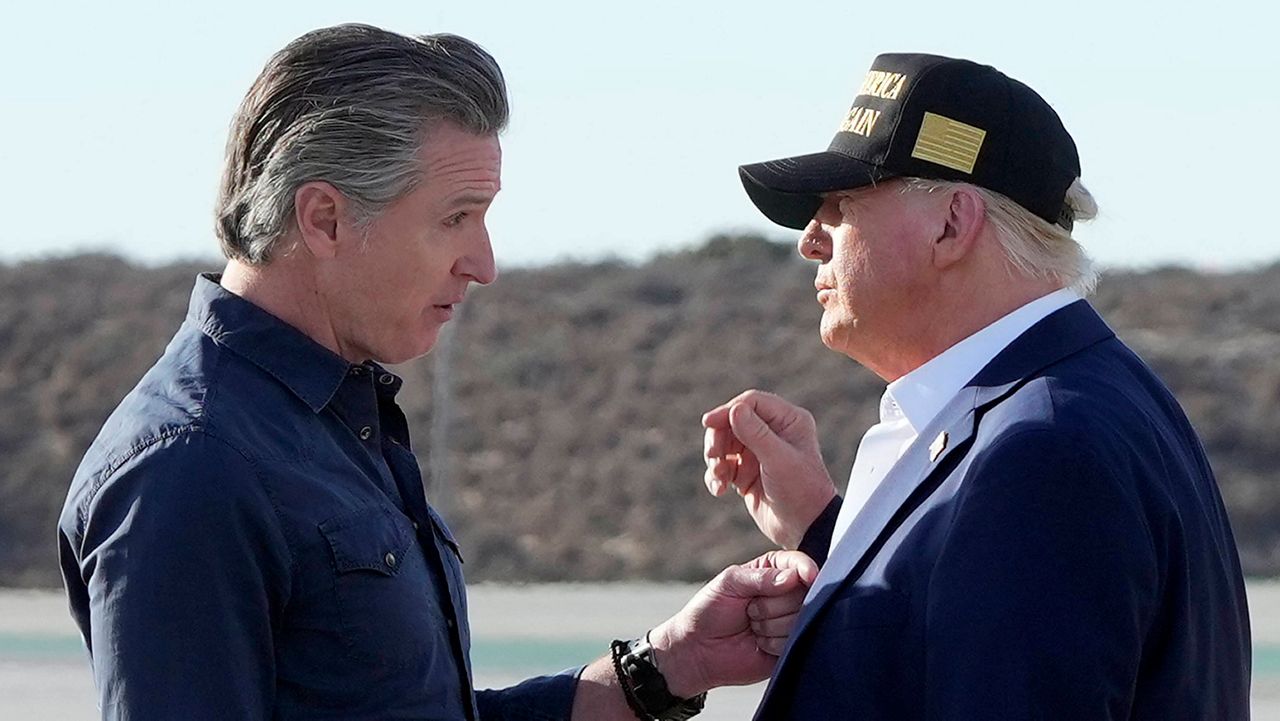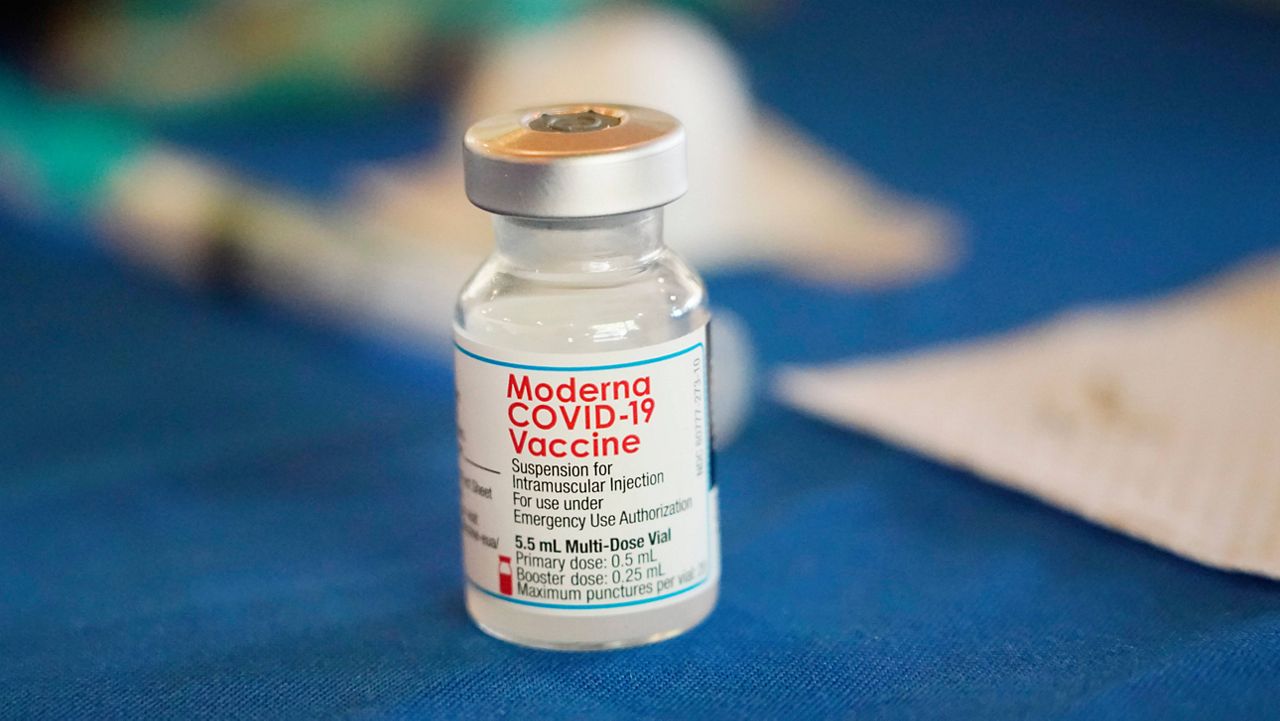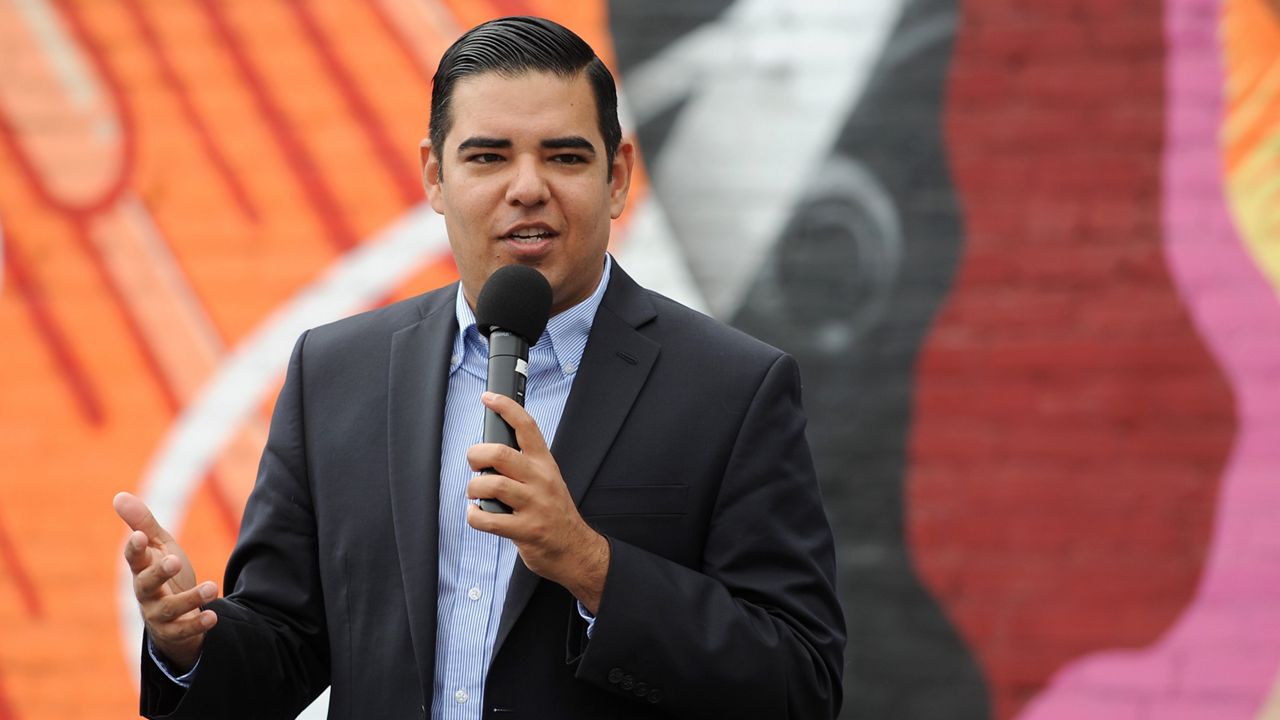Earlier this month, President Donald Trump announced he planned to enact a 100% tariff on foreign films.
“I am authorizing the Department of Commerce, and the United States Trade Representative, to immediately begin the process of instituting a 100% Tariff on any and all Movies coming into our Country that are produced in Foreign Lands. WE WANT MOVIES MADE IN AMERICA, AGAIN!” the president wrote on his Truth Social account.
“I want to help the industry. But, they’re given financing by other countries, they’ve given a lot of things. And the industry was decimated. If you look at how little is done in this country and, you know, you think we were the ones we used to do a hundred not long ago. 100%,” he said the next day during an event in the Oval Office, trying to place the blame at California Gov. Gavin Newsom’s feet.
But three weeks later, the White House has not shared details about what it considers to be a foreign film or how these tariffs would be enacted.
“At this point, it’s more like an idea or a concept than a policy, and so it’s tough to have an idea of what it might look like,” said Peter Gregg, a professor of emerging media at the University of St. Thomas. “How do you add a tariff to something that’s a service and not actually imported through customs?”
Gregg pointed out some viewers have high expectations for the quality of production that sometimes requires films and television crews to shoot outside the U.S.
“It isn’t quite like the way it used to be during the heyday of the studio system through the 1950s where you would shoot the entire film in a back lot or in the studio, you would go to the hills around California and pretend that it was Spain,” he explained. “There are qualities of the terrain, the landscape, the cities, the environments that the United States just doesn’t have. Like if you need a particular mountain range or you need a particular city, it’s easier to shoot in that city than to try to recreate it artificially.”
According to the Bureau of Economic Analysis, the U.S. exported $21 billion worth of programming in 2023, far more than the $7 billion in foreign programming imported that same year.
Patricia Phalen, a professor of media and public affairs at the George Washington University, said that one of the biggest challenges that needs to be addressed in the film industry is the cost.
“The astronomical costs of producing a film are what’s really the problem. And to bring those costs down with something like a tax credit would be very helpful to the industry.”
A letter from industry leaders sent to President Trump and obtained by Spectrum News estimated that an average film shoot spends more than $670,000 every day on location and employs nearly 1,500 people. They thanked the president for his interest in creating more domestic film production and encouraged him to consider a federal film tax credit.
The letter, signed by Trump’s own special ambassadors to Hollywood, John Voight and Sylvester Stallone, as well as representatives of the Motion Picture Association, the Directors Guild of America, SAG-AFTRA, and other industry leaders, suggests three tax code changes to give the industry relief, as well as a national film and television tax credit.
“Over the past two decades, countries around the world have recognized the value of film and television productions and have increasingly offered significant incentives to attract projects and the high-paying jobs and local cash infusions they bring. Currently, more than 80 countries offer production tax incentives and as a result, numerous productions that could have been shot in America have instead located elsewhere. Returning more production to the United States will require a national approach and broad-based policy solutions,” the letter reads.
According to the National Conference of State Legislatures, 37 states currently offer some sort of tax incentive for production.
“If we’re really talking about trying to find ways to make film and TV stories produced in the United States, the best way to do it, certainly the consensus coming out of Hollywood is to incentivize production through things like tax rebates or tax support, as opposed to disincentivizing production outside of the United States,” said Gregg.
Last fall, Newsom announced a proposal to expand the state’s $330 million annual allocation to $750 million to try and attract more productions. Something Phalen said is a positive, but that there needs to be a national answer as well.
“I think the tax credits like governor Newsom has proposed will be very helpful, but I also think that the fact that Washington, D.C., is interested in Hollywood is helpful and could be a huge benefit for the industry,” she explained. “The film industry — people love film, right? And they don’t want to see film go away — but at the same time, they can’t pay $40 to go see a film because the costs are so high. So everybody benefits if in some way the administration can help bring the cost down.”
After the president suggested implementing foreign film tariffs, Newsom suggested that the Trump administration consider a $7.5 billion federal film tax credit program modeled after the California program that has a proven track record of success.
The Los Angeles County Economic Development Corporation reports that between July 2015 and June 2020, the tax credit contributed almost $21.9 billion in economic output over five years, supporting more than 110,000 total jobs (includes direct, indirect and induced) in California.
Spectrum News reached out to the White House for more information about the administration’s film tariff policy and whether the president is considering a federal film tax credit, but did not hear back before deadline.











